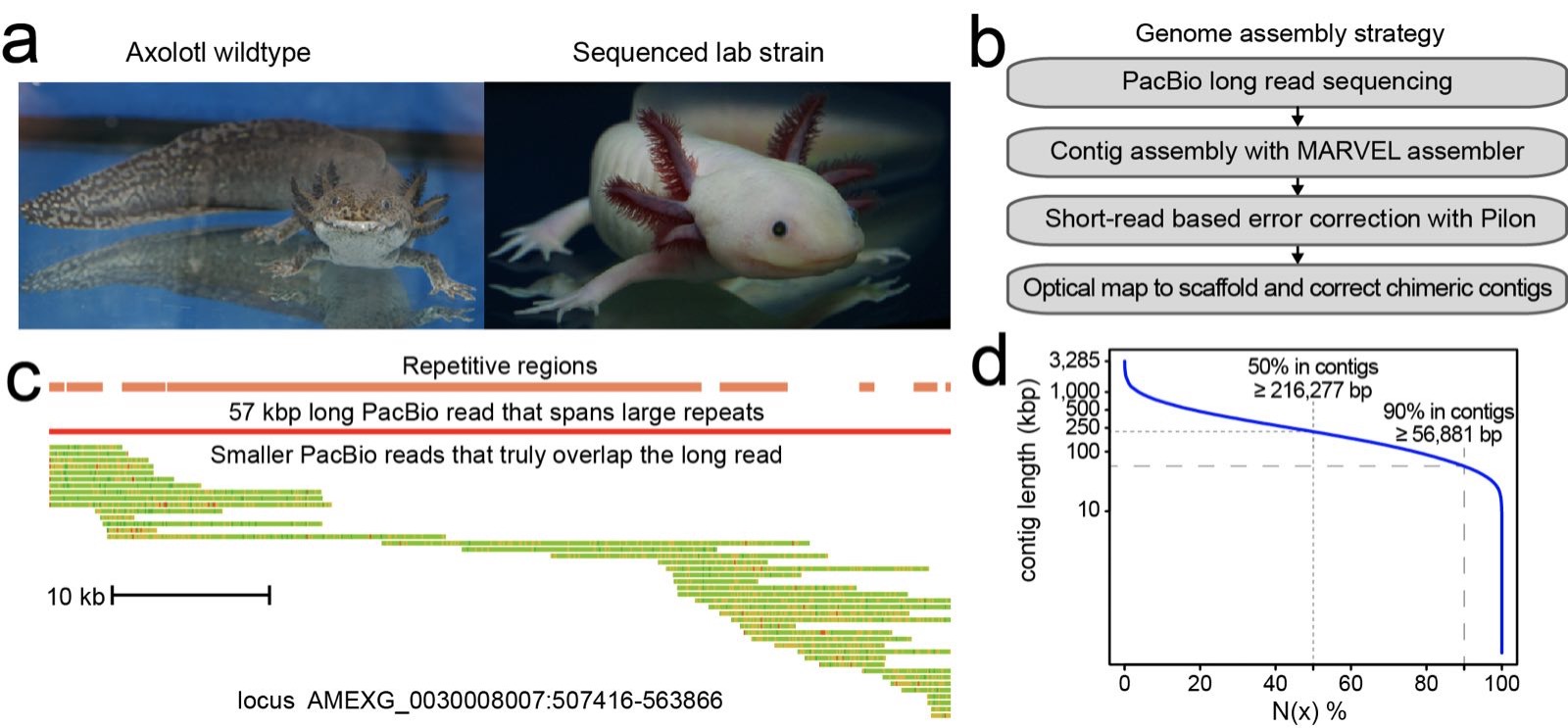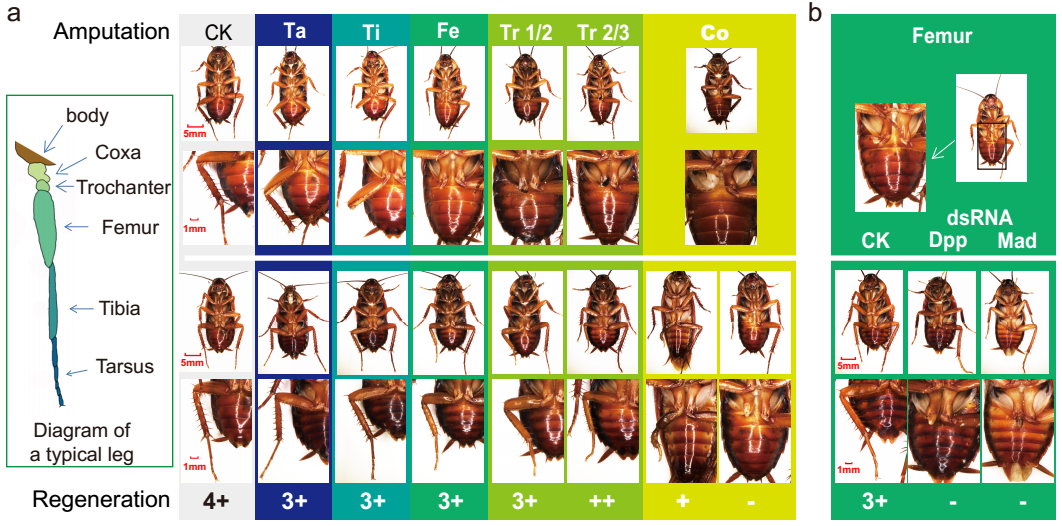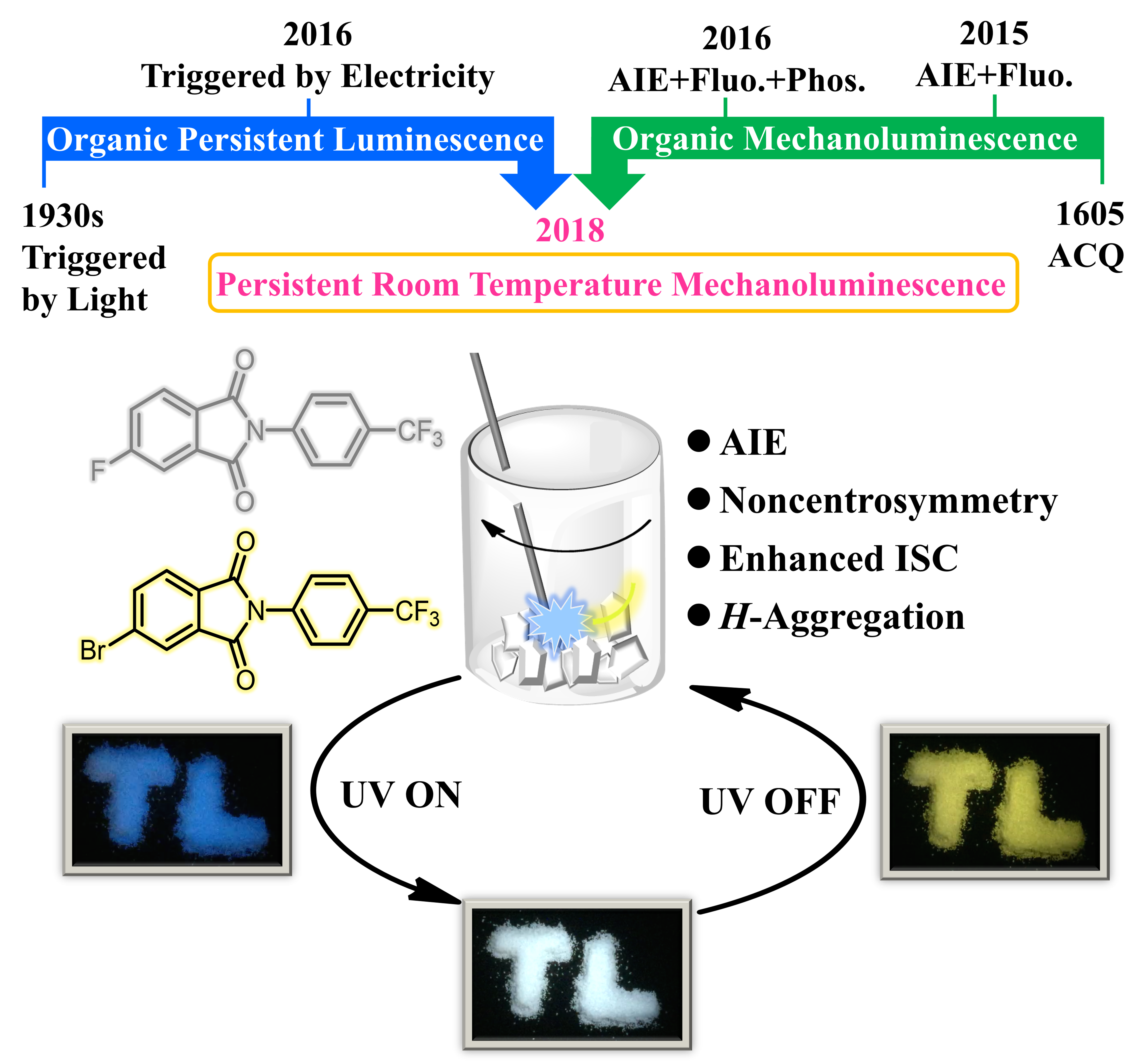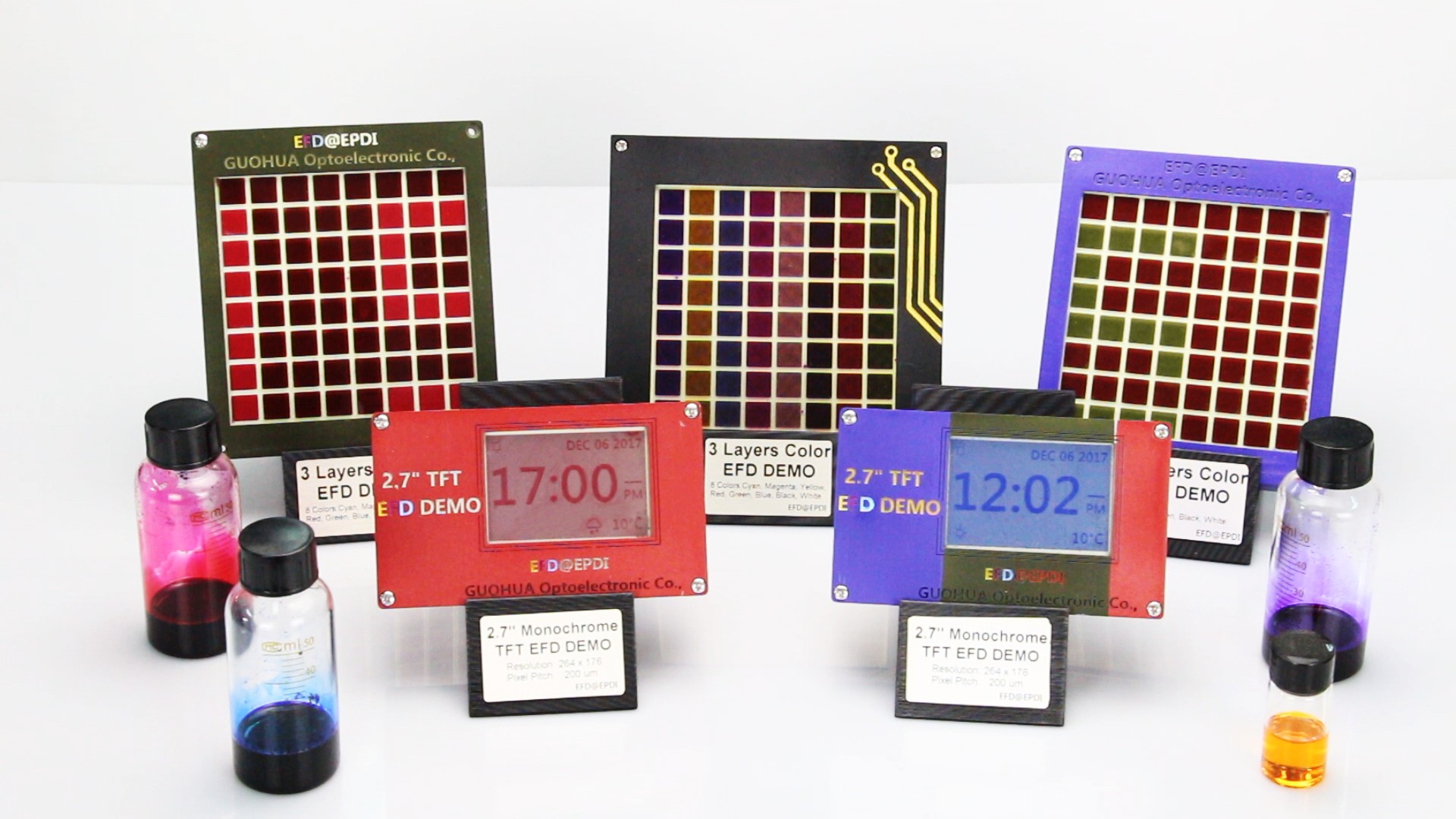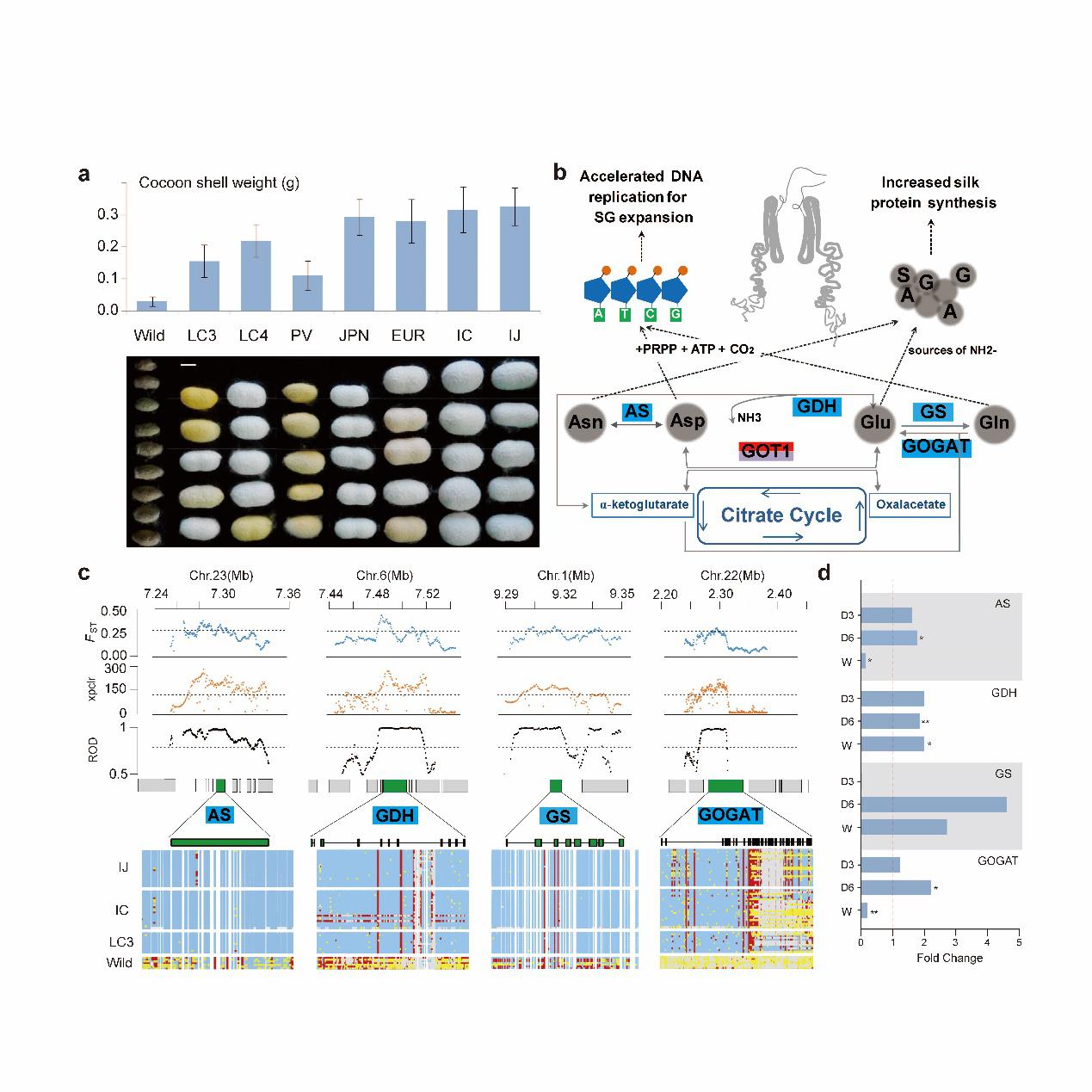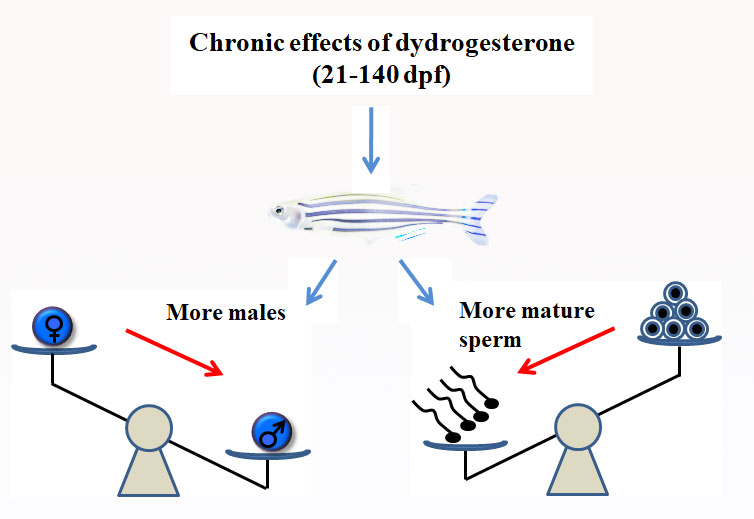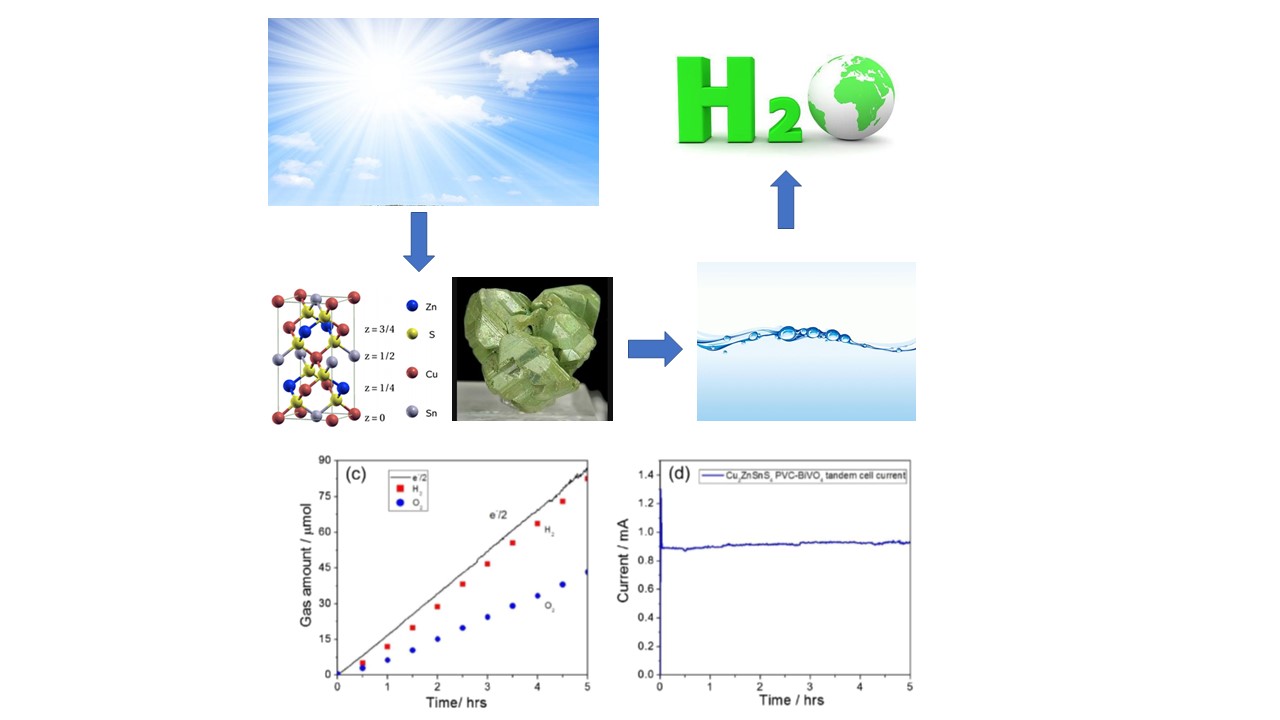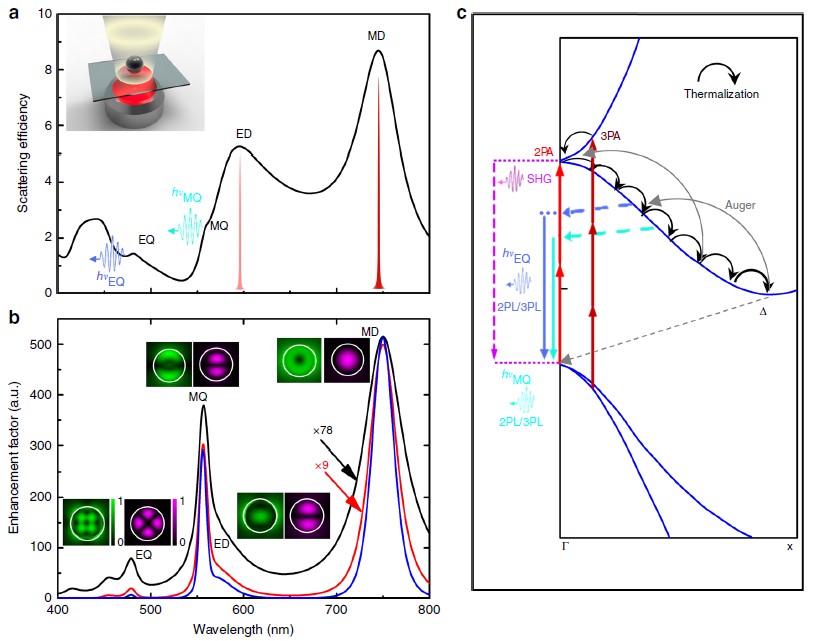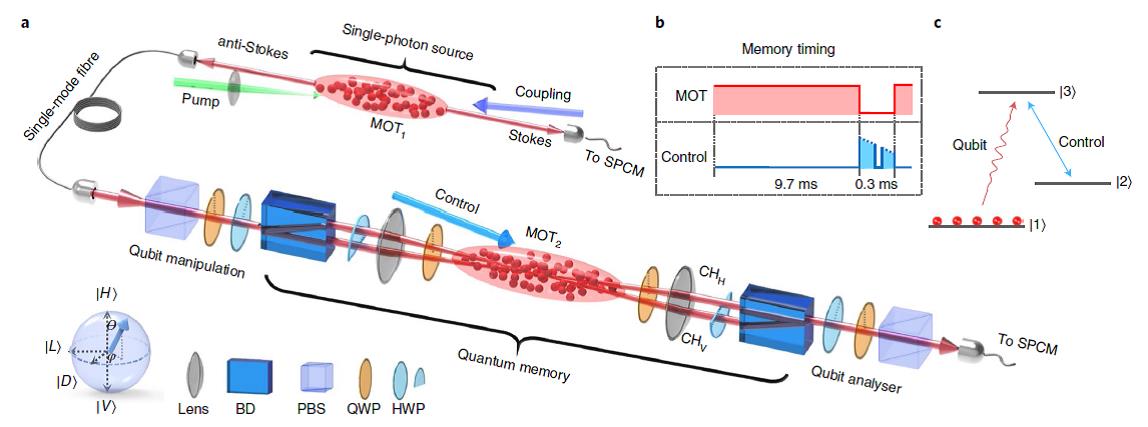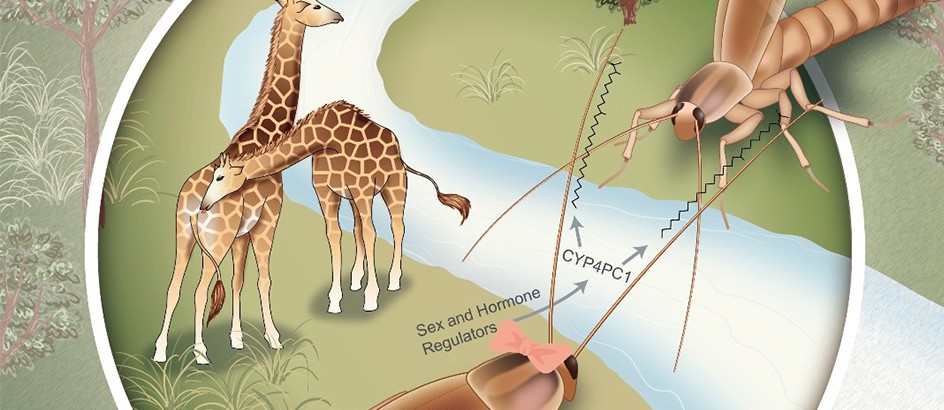
Likes
As the most common household pest of public health worldwide, the German cockroach, Blattella germanica, harbors a strong fertility with a rapid rate of population growth. Unlike the American cockroach, Periplaneta americana, that is capable of facultative parthenogenesis, the German cockroach is strictly gamogenetic which requires courtship and mating.
Sexually mature females synthesize contact sex pheromone to stimulate male courtship and induce copulation. While the sex pheromone chemistry has been well identified, not much is known about the key genes controlling contact sex pheromone production in this cockroach species. Moreover, an important question raised here is why sex pheromone is produced at a high level upon sexual maturation, and most importantly, only in females, making them sexually attractive to males. The molecular basis of female sexual attractiveness has remained unknown for 30 years.
A team of researchers in China has identified a key gene that controls the rate-limiting step in contact sex pheromone biosynthesis pathway in the German cockroach. Based on the discovery of this gene, they also found this gene is capable of integrating sex differentiation and hormone signaling pathways. They published their findings in Nature Ecology & Evolution on July 4, 2022. (DOI: https://doi.org/10.1038/s41559-022-01808-w)
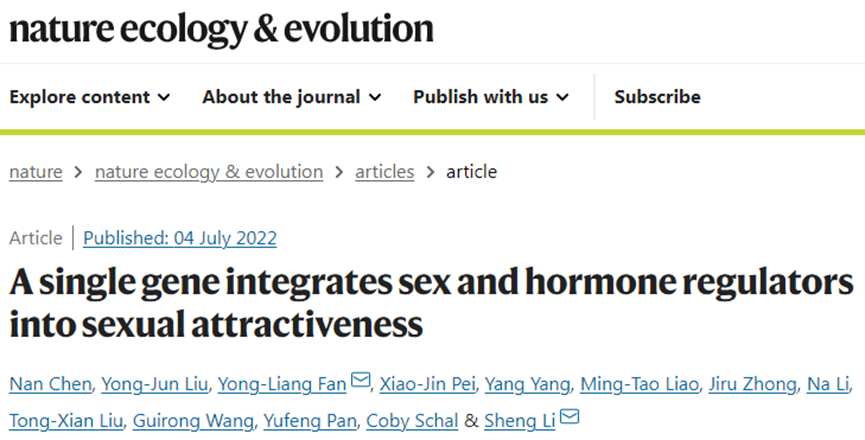
"We reveal that a core gene is able to connect the upstream regulators for controlling sexual signal outputs and behavioral consequences," said Sheng Li, a professor in the School of Life Sciences at South China Normal University and the lead corresponding author of the study.
By using behavioral, biochemical, molecular, genetic and bioinformatics methods, they firstly screened and identified CYP4PC1 as a key gene for controlling contact sex pheromone production. “We found that this gene was highly expressed in the antennae and wings of sexually mature female cockroaches, thus overthrowing a previous view that CSP is synthesized in the oenocytes cluster underneath the abdominal integument,” Said by Dr. Nan Chen, the first author of the paper.
Consistent with the content of contact sex pheromone, CYP4PC1 expression continues to increase during sexual maturation. They also found that this gene is stimulated by the juvenile hormone (JH), a gonadotropic hormone that promotes reproductive physiology in female adults. “Since JH titer also increases gradually during sexual maturation, our findings thus explain how a higher sexual attractiveness is achieved in mature female cockroaches,” Nan said.
A long-standing question in the development of sexual attraction is why sex pheromones are produced in a sexually dimorphic manner. Given the fact that JH titers are very low in adult male cockroaches, the research team proposed a lack of JH might be one of the reasons why males could not synthesize contact sex pheromone. They then supplied adult males with exogenous JH, and found that JH treatment could induce substantial production of contact sex pheromone in these males, some of which were capable of eliciting wing-raising courtship in wild-type males.
However, the effect of JH treatment on male adults, though substantial, was limited. This promotes the research team to examine whether there exist other factors that decline sex pheromone production in male adults. As revealed by the research team, CYP4PC1 expression is under the control of sex differentiation pathway. RNAi-mediated knockdown of male-specific doublesex (dsxM) in male adults resulted in typical homosexual behavior, which could be further eliminated by CYP4PC1 knockdown. They further reveal that DsxM protein (DMRT transcription factor) binds to the CYP4PC1 promoter, thus switching off its expression in males. In females, transformer gene removes this inhibition by directing female-specific splicing of dsx (dsxF).
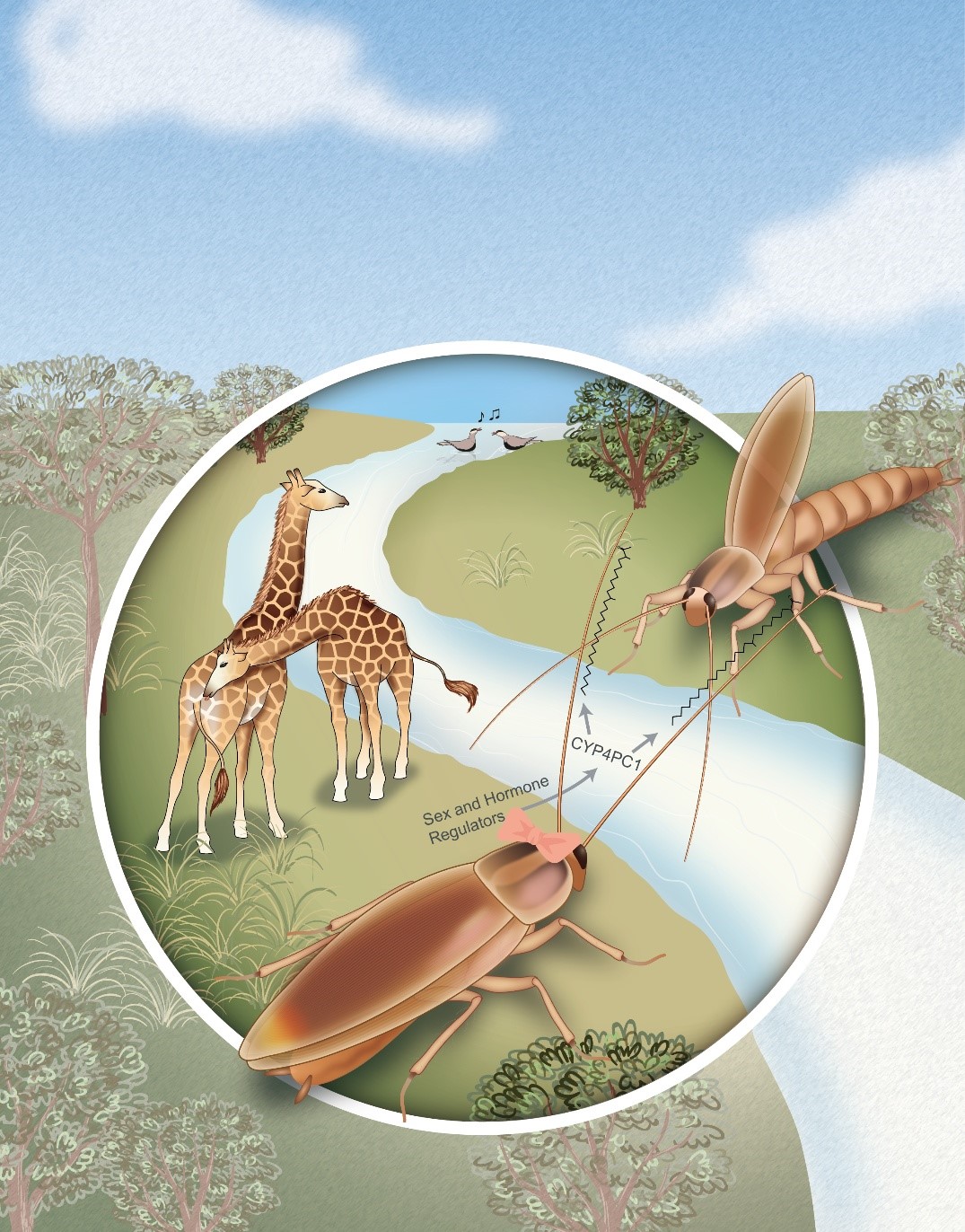
Finally, they performed genetic interaction experiments and showed that sex differentiation and JH signaling pathways could interact and cooperate with each other in female cockroaches. With a series of behavioral assays of competitive courtship, they demonstrated that CYP4PC1 regulates contact sex pheromone production and male courtship index in a dose-dependent manner. Notably, by manipulating both sex differentiation and hormonal signaling in males, they showed that males could be more attractive to wild-type males than sexually mature females.
"Overall, these findings shed light on how sex-specific and high sexual attractiveness is conferred in insects, and advance our understanding of the production and complex regulation of sexual signals in animals,” Sheng said.
This paper is accompanied by a commentary article entitled "The Sex of Scents" in News & Views. "The work of Chen et al. paves the way for dissecting further mechanisms of chemical communication in insects and other animals," wrote by Xavier Belles, a member of the Spanish Royal Academy of Sciences.
See the article: https://www.nature.com/articles/s41559-022-01818-8
Source from the School of Life Sciences, SCNU
What to read next:
